Air Pollution, A Fresh Breath of Death

Millions of people across the globe are exposed to ambient air pollution, which contributes to shortened life spans and serious health issues. Diving deeper into the dangers of air pollution, is the exposure to particulate matter or particulate pollution. Ambient air pollution is defined as air composed of fine particulate matter in the size of 2.5 micrometers (PM2.5), which is the smallest and most deadly for humans to breathe. Factors that contribute to ambient air pollution include combustion of fossil fuels, human activities, cooking fuels, and industrial processes.
In other recent reports, it has been shown that ambient air pollution is rapidly decreasing overall life spans and disproportionately impacting communities of colors. The dangers of air pollution is now a major public health emergency that can impact the lives of billions around the world.
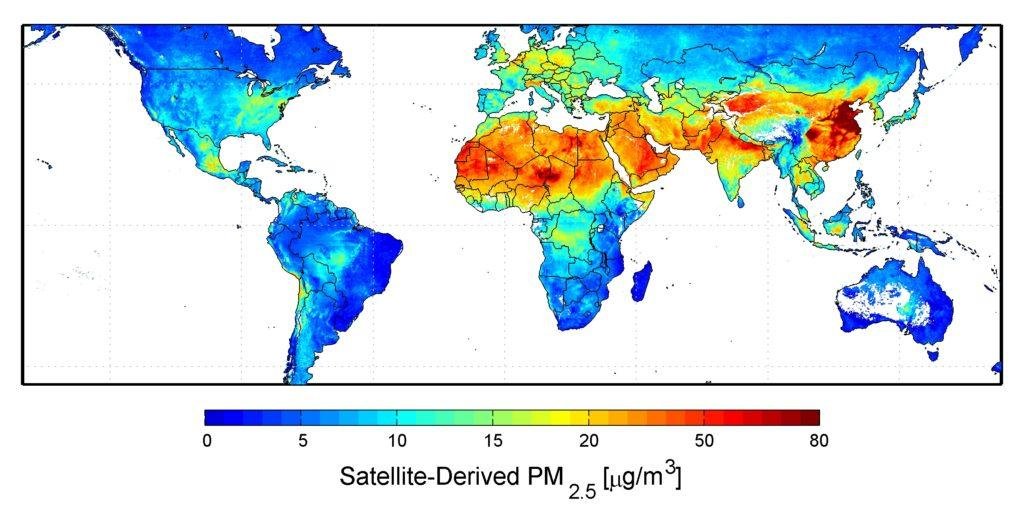
Population-weighted average level of exposure to concentrations of suspended particles measuring less than 2.5 microns in diameter. Exposure is measured in micrograms per cubic metre (µg/m³).
Unlike other larger particles that our body can breathe out or filter with the use of natural bodily defenses, PM2.5 is absorbed in our bloodstream, respiratory system, and major organs. In cities all across America and around the world, recent reports show extremely dangerous levels of PM2.5 air. Regardless of geography, there are also many severe short- and long- term health implications caused by ambient air pollution, ranging from respiratory issues to cancer to birth defects. In 2018, the World Health Organization (WHO) reported that particulate matter pollution was contributing to shortened life spans around the world, by at least a year on average.
For decades, studies have found that communities of color are disproportionately impacted by ambient air pollution because of land use policies, environmental racism, and lack of political power. In the U.S. it was found that 56% of Latino and 63% of African-American communities have excess exposure to ambient air pollution and share an undue “pollution burden”. People of color tend to reside in areas that are exposed to polluted and hazardous environments. Further exacerbating the pollution burden on people of color are racialized housing policies that severely limit the choice of where they can live or afford housing.
Individuals of all ages, from children to seniors, residing in these segregated communities tend to have higher bodily concentrations of heavy metals, volatile organic compounds, and gaseous pollutants. Due to the economic and political policies that have been inflicted upon non-white populations, the burden of particulate pollution is leading to higher rates of acute and chronic health conditions. These communities face no reprieve as many cannot afford residential areas where pollution levels are lower and there is reduced exposure to ambient air pollution. This issue is not restricted to the United States either; nearly 4300 cities in 108 countries are impacted by the effects of particulate matter pollution according to the WHO.
Even with all the studies and reports that warn us about the harms, what can we do?
The truth of the matter is, action will begin from the bottom-up. In Leslie Crutchfield’s book, How Change Happens, she discusses the essential steps in creating actionable change. According to Crutchfield, the most successful movements have come from powerful bottom-up structures. The bottom-up structure relies on individuals working in a collective effort to address an issue that can effect change on a broad level. You can make an impact in your community by demanding action on air pollution by contacting your elected officials and joining organizations actively advocating and fighting for cleaner air.
The issue of particulate air pollution is not going to be tackled by a singular leader, but rather by multiple leaders who empower individuals that support the cause and create a unified front — especially for an issue that spills into the politically charged topic of climate change. To combat air pollution and reducing PM2.5 levels in the US and around the world, it is going to begin with individuals in the cities and countries affected most. These individuals will be much more impactful at a grassroots level, empowering one another and millions more by being able to make meaningful and lasting impressions. It is important to understand the emotional involvement individuals have at the grassroots level. The individual level involvement is what overpowers political bias and creates an emotional connection to those affected most by ambient air pollution and its deadly health outcomes.
The importance of individual power is often undermined, with many hoping that the government will intervene in such a major issue. But with the Trump Administration ignoring scientific data pointing to the dangers of climate change, addressing the dangerous effects of air pollution is now more important than ever before. The impacts of air pollution affect all people, regardless of one’s socioeconomic status, racial background, or geographical location.
Beyond reading reports on the severity of air pollution, particulate matter, and its health effects, there needs to be a strong foundational base for society to combat air pollution. From individuals changing their beliefs, to businesses changing their practices, and politicians implementing effective regulations, the pathway that enables small efforts to lead to big achievements in the fight to combat air pollution can be paved. We all need to breathe – from plants to humans – so we must all work together to keep our air clean and our lives safe.

Written By Pavan L.
Oct 8, 2019
Social Share
Latest Blogs
Breakthrough AI Study Unveils Gender-Specific Brain Features Linked to Cognitive Functions
In a new groundbreaking study, researchers...
Biohacking the World – The Future of Genetics
The genetic code of humans is what sets us...
The Impact of Healthcare Information on Covid-19 Perception
In the United States they are over 5.2...
10 Things You Need For Your First Day of Clinical Rotations
My name is Keshu Mahesh and I’m currently a...
Coronavirus in the US: Latest Updates on the Covid-19 Pandemic
Updated March 30, 2020, 9:00 PM EST In the...

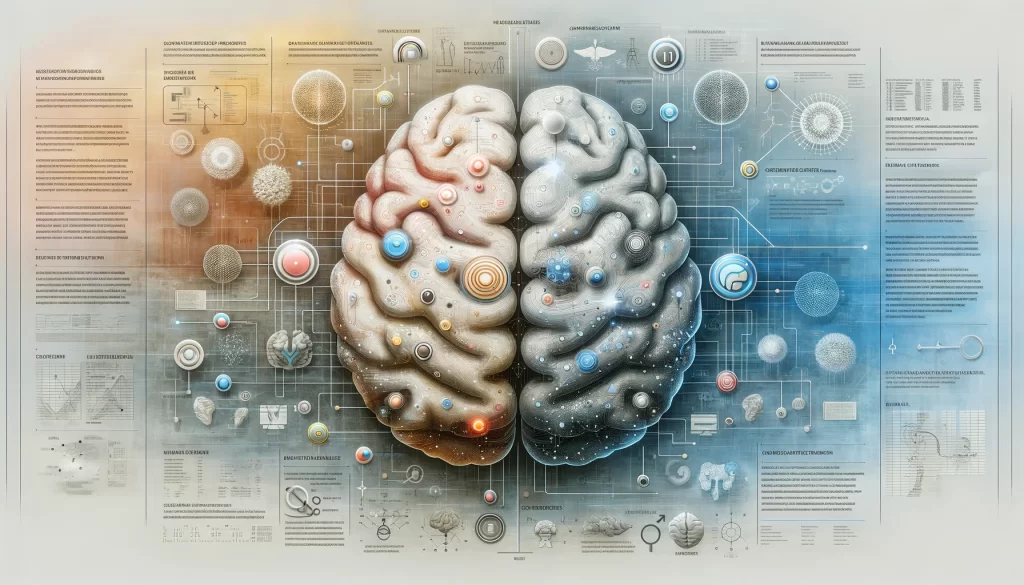
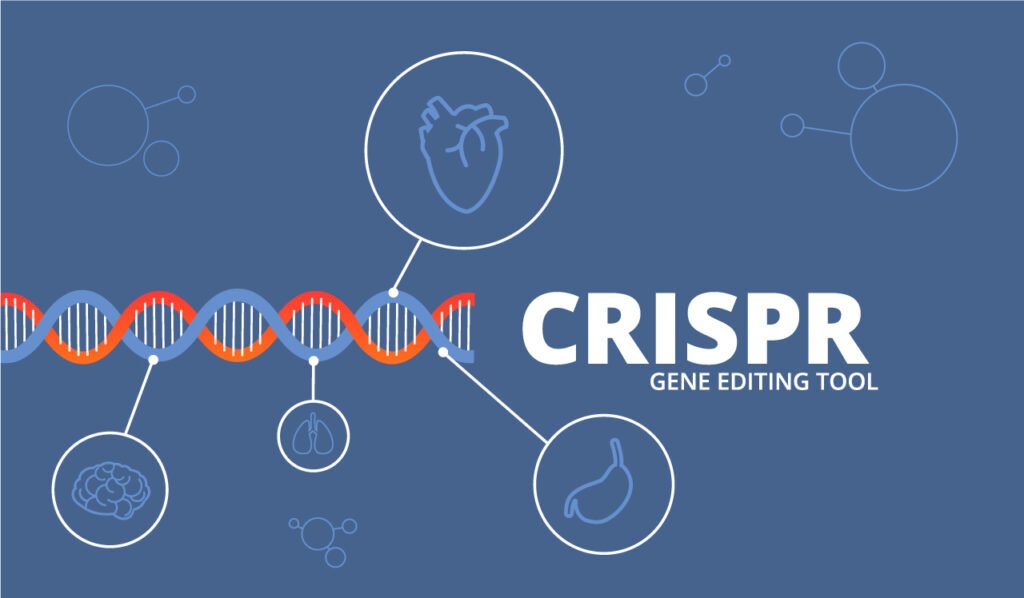
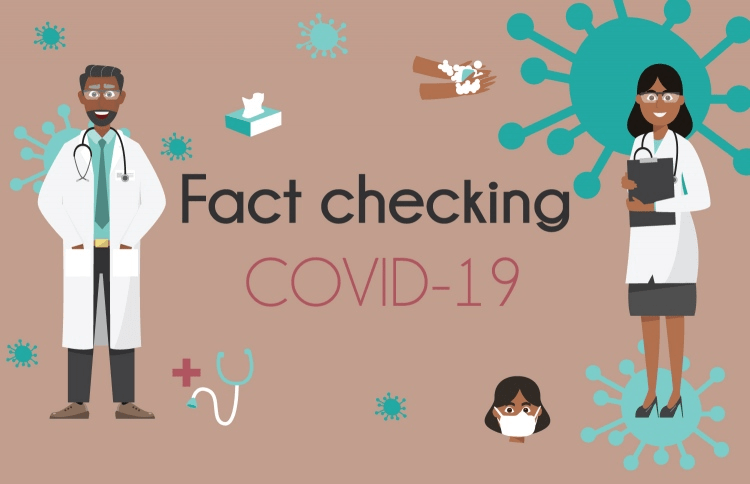

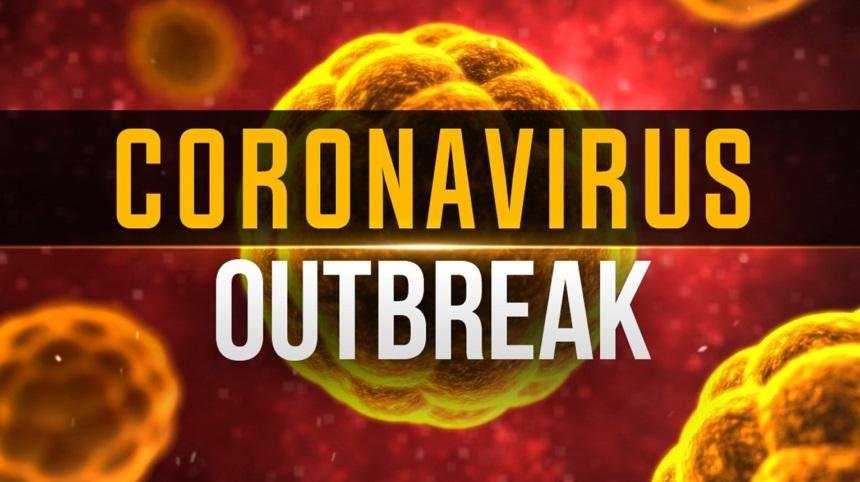
0 Comments